Unveiling ASCE 7-22: Key Updates on Wind Load Calculations
The latest edition of the American Society of Civil Engineers' document ASCE 7-22, 'Minimum Design Loads and Associated Criteria for Buildings and Other Structures', brings about a host of changes pertaining to wind load calculations. This article aims to outline the most notable updates.
Enrique Lairet, PE
7/5/20233 min read
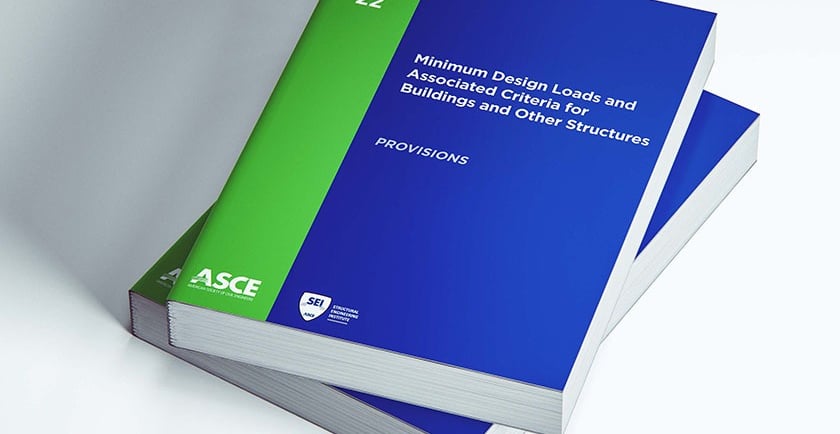

The latest edition of the American Society of Civil Engineers' document ASCE 7-22, 'Minimum Design Loads and Associated Criteria for Buildings and Other Structures', brings about a host of changes pertaining to wind load calculations. This post aims to outline the most notable updates:
Chapter 26: General Requirements for Wind Loads: Section 26.1.1 Risk Category III and IV structures now need to be designed to resist tornado loads as per Chapter 32, if applicable.
Section 26.2 ASCE now offers free access to their online hazard tool, which outlines the loadings (wind, seismic, snow, ice, and so on) that must be considered for any location in the United States.
The definition of a low-rise building now includes partially open structures. This concept is reiterated in Chapters 26 to 30, where the classification of Partially Open enclosures is added along with the previously stated Enclosed and Partially Enclosed ones.
Section 26.8.2 Minor changes were made to the Topographic factor criteria.
Table 26.10-1 The Velocity Pressure Exposure coefficients, Kz and Kh, saw modifications in certain Exposure B and C values based on improved research data. This slight shift will affect many wind pressure calculations.
Section 26.10.2 The Velocity pressure equation no longer includes the Directionality Factor, Kd. It is now integrated into the individual wind pressure and force equations, which is a more accurate approach for structures with diverse shapes. This revision affects almost all wind calculations.
Table 26.11-1 Modifications were made to the Terrain Exposure Constants.
Chapter 27: Wind Loads on Buildings (Directional Procedure for Main Wind Force Resisting System) ASCE 7-22 removed the Part 2 that applied to Simple Diaphragm buildings, leaving only more detailed methods and incorporating Kd into all pressure calculations.
Section 27.3.1.1 A new criteria was introduced for elevated buildings, which is a significant addition for structures like coastal beach houses.
Chapter 28: Wind Loads on Buildings (Envelope Procedure for Main Wind Force Resisting System) Like Chapter 27, Part 2 was removed and only one method is present. All pressure calculations have been revised to incorporate Kd.
Chapter 29: Wind Loads on Building Appurtenances and Other Structures (Directional Procedure for Main Wind Force Resisting System) A new option for ground-mounted solar panel systems was introduced, along with the modification of all force and pressure calculations to incorporate Kd.
Section 29.4.5 A new method for calculating wind loads on ground-mounted solar panel systems was introduced.
Chapter 30: Wind Loads - Components and Cladding The Simplified approaches from ASCE 7-16 have been removed, and the remaining parts have been renumbered. All pressure equations now incorporate Kd.
Section 30.3.2.1 & 30.4.2.1 Consideration was added for the bottom horizontal surface (floor) of elevated buildings in both Part 1 and Part 2.
Chapter 32: Tornado Loads A completely new chapter was added to calculate tornado loads, complete with a flowchart to help the designer determine the need for tornado load consideration.
The new parameters for tornado load calculations replace the normal wind calculation parameters, with a new parameter, KvT, introduced for tornado loads on vertical surfaces.
Additional Changes:
New Criteria for Roof Pavers (Section 30.12): ASCE 7-22 introduces new guidelines for the design and application of roof pavers, which enhances the safety and durability of these structures.
Revised Wall External Pressure Coefficients, GCp, for h > 60 feet (Section 30.4): Changes have been made to the external pressure coefficients, especially applicable to taller structures, enhancing the precision of wind load estimations.
New Provisions for Attached Canopies on Buildings with h > 60 feet (Section 30.9): Guidelines for designing attached canopies on taller buildings have been updated, offering more accurate wind resistance standards.
Updated Roof Pressure Zones for Buildings with Stepped Flat Roofs and Heights ≤ 60 feet (Figure 30.3-3): Updates have been made to the roof pressure zones, offering better structural guidance for buildings with stepped flat roofs.
Introduction of New Design Wind Speed Maps that Include Topographic Speedup Effects for Puerto Rico and the U.S. Virgin Islands: These new maps offer accurate design wind speed data, incorporating topographic effects, which is available through the ASCE 7 Hazard Tool. This update also extends to Hawaii, which had these effects incorporated in ASCE 7-16.
ASCE 7-22 continues to uphold its commitment to refining and improving standards, as evidenced by these modifications and additions. This is a comprehensive guide, but designers and engineers are encouraged to delve deeper into the details within each chapter to fully comprehend the changes and their implications.
The Highlights of Significant Changes to the Wind Load Provisions of ASCE 7-22 FEMA Factsheet is shown below for your reference.
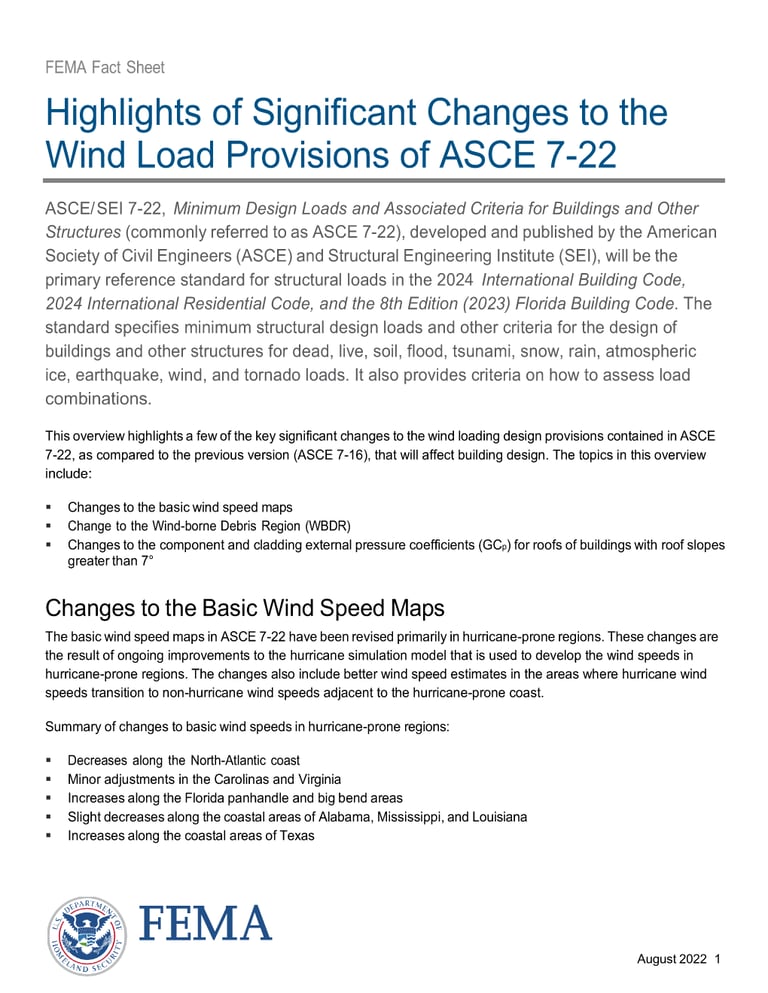
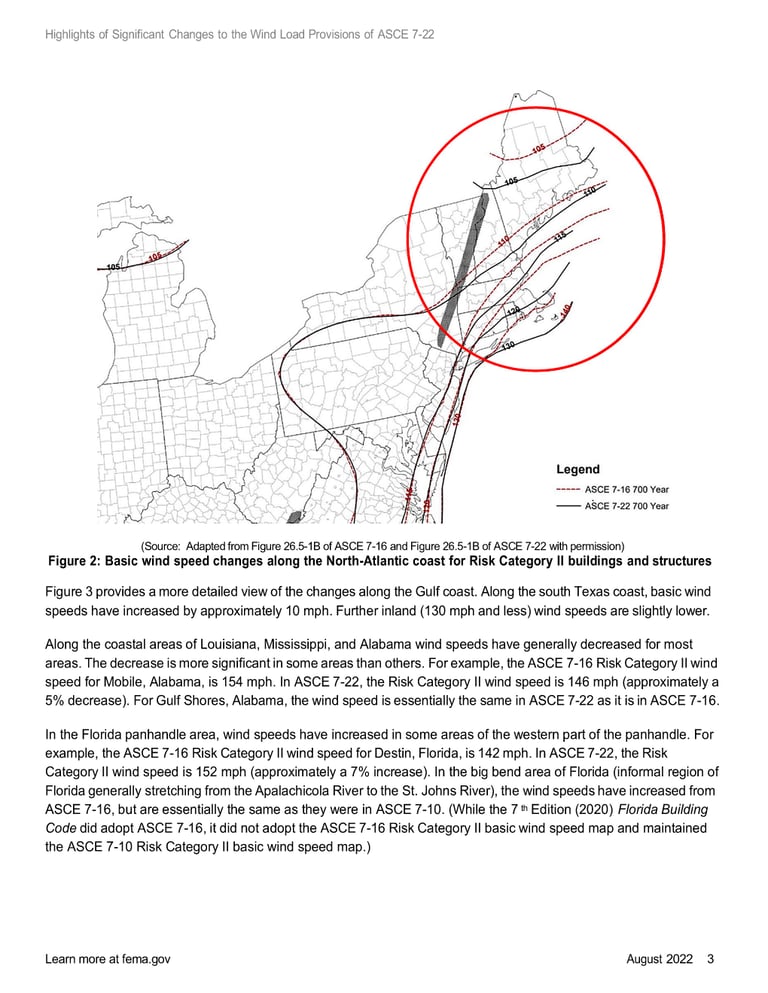
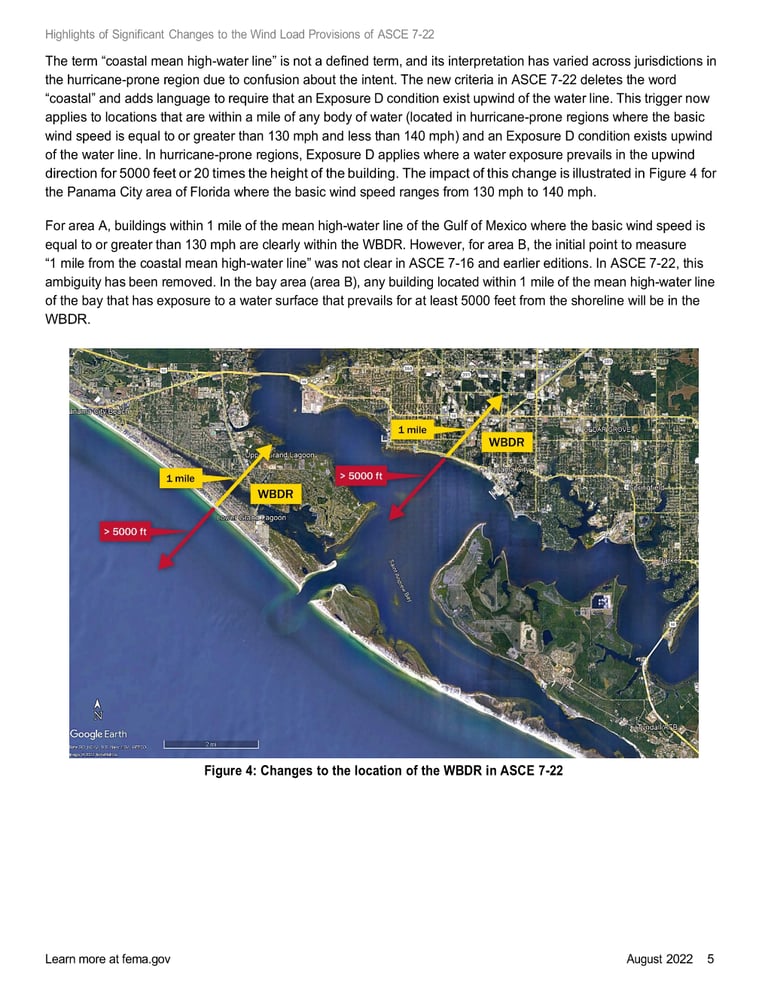
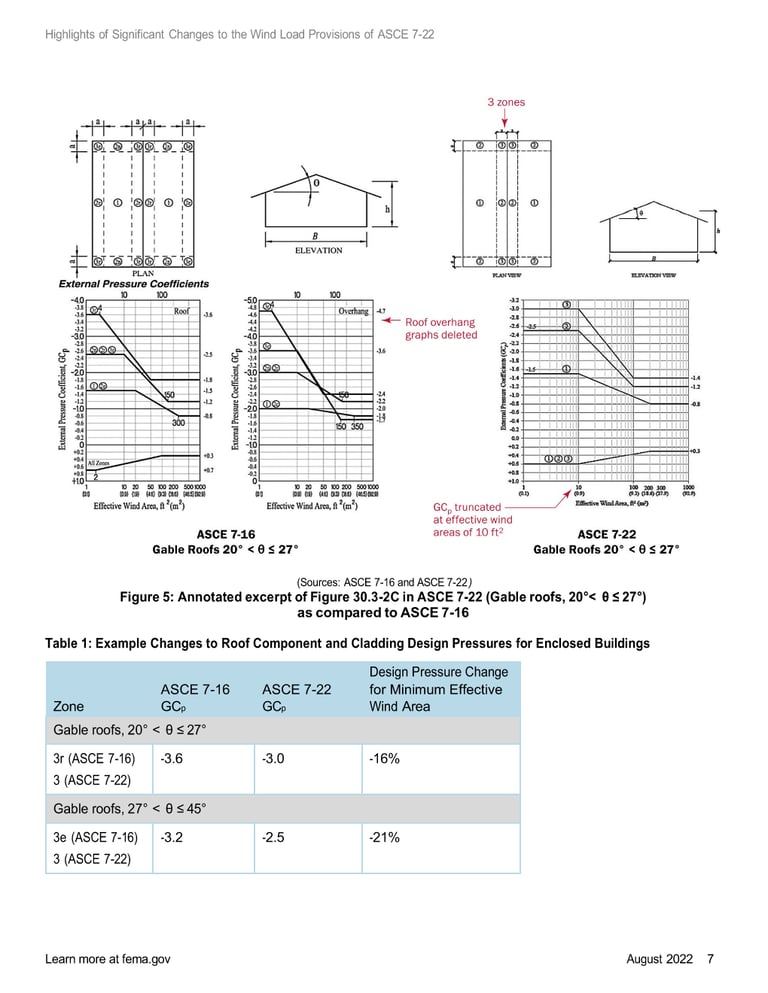

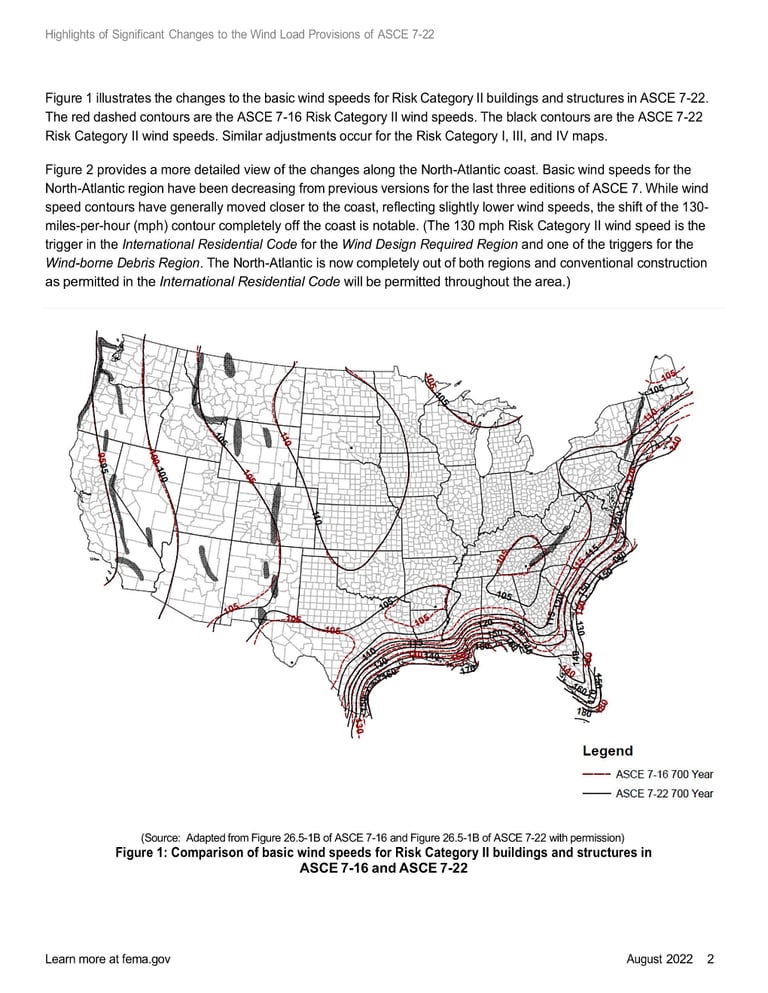
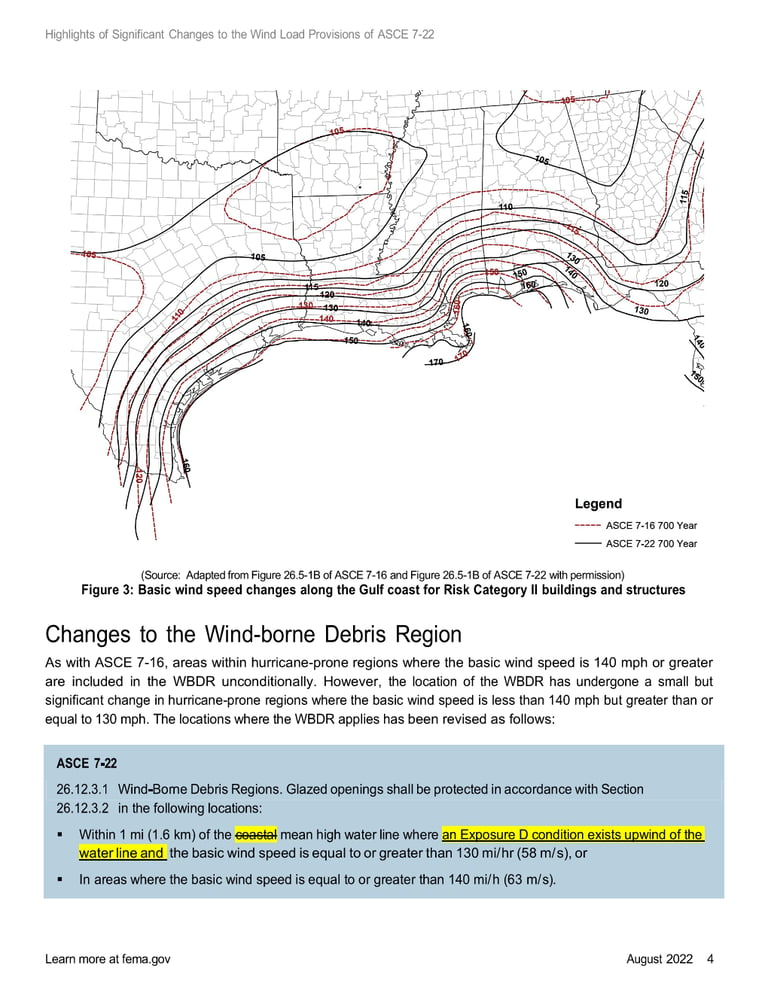

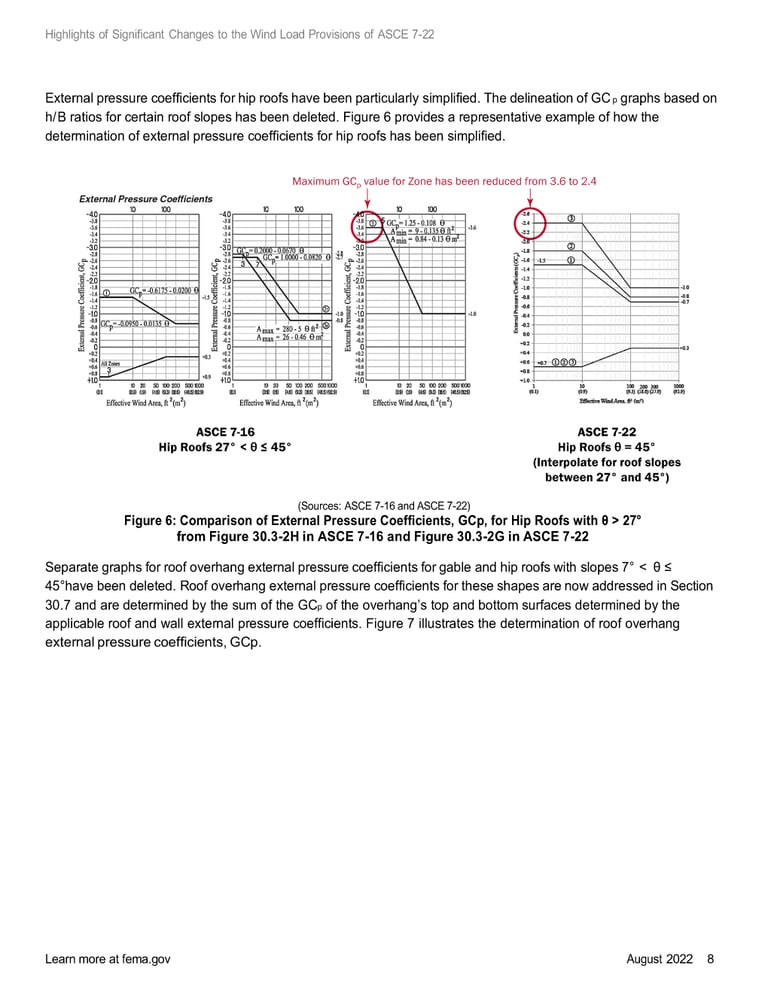











WindCalculations.com
+1 (813) 694-8989
info@oasisengineering.com
© 2023 Oasis Engineering LLC. All rights reserved. Doing business as WindCalculations.com
